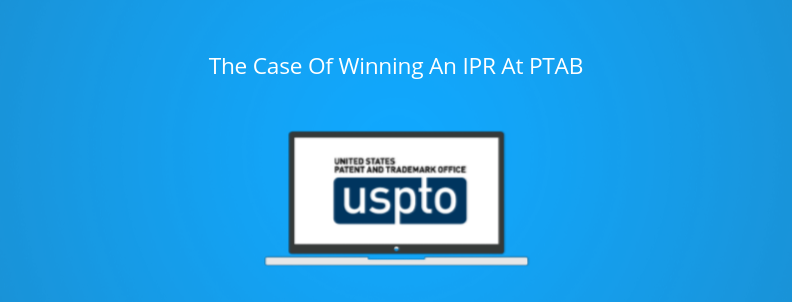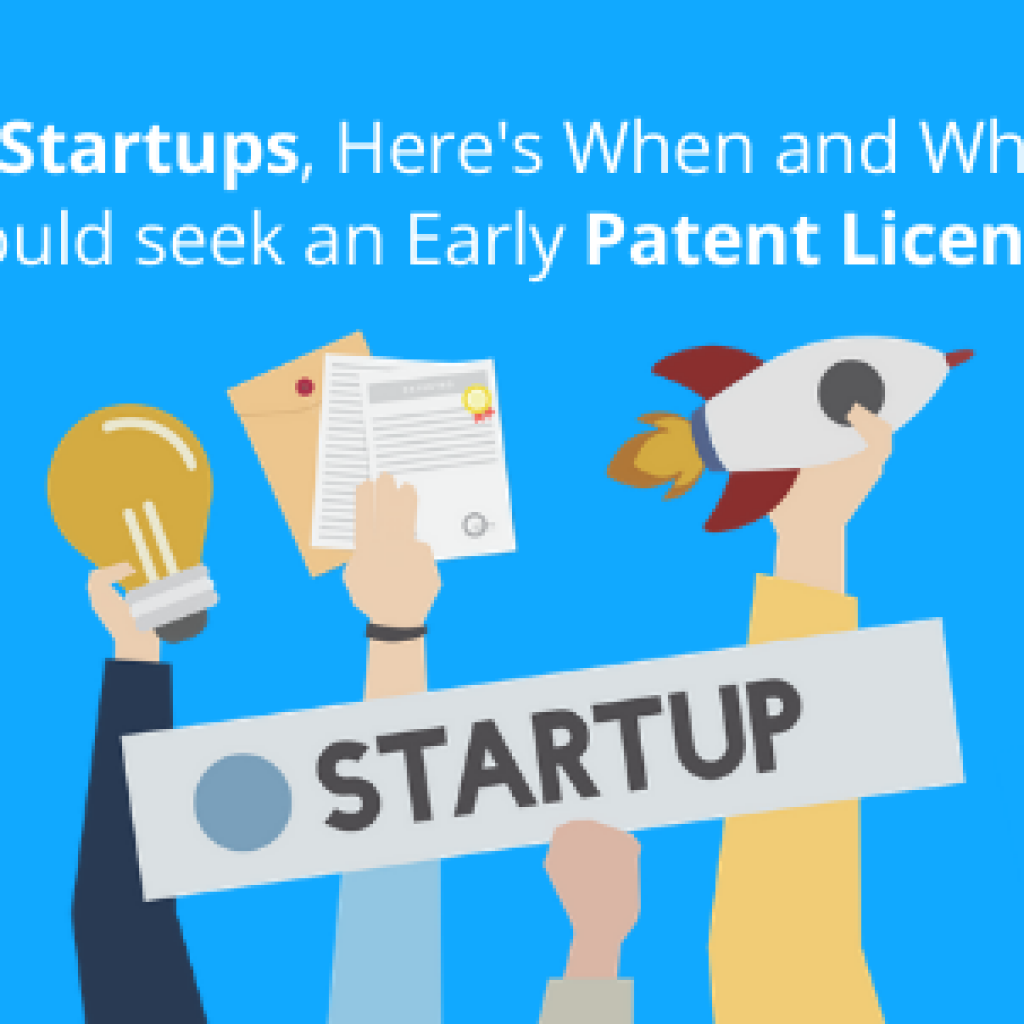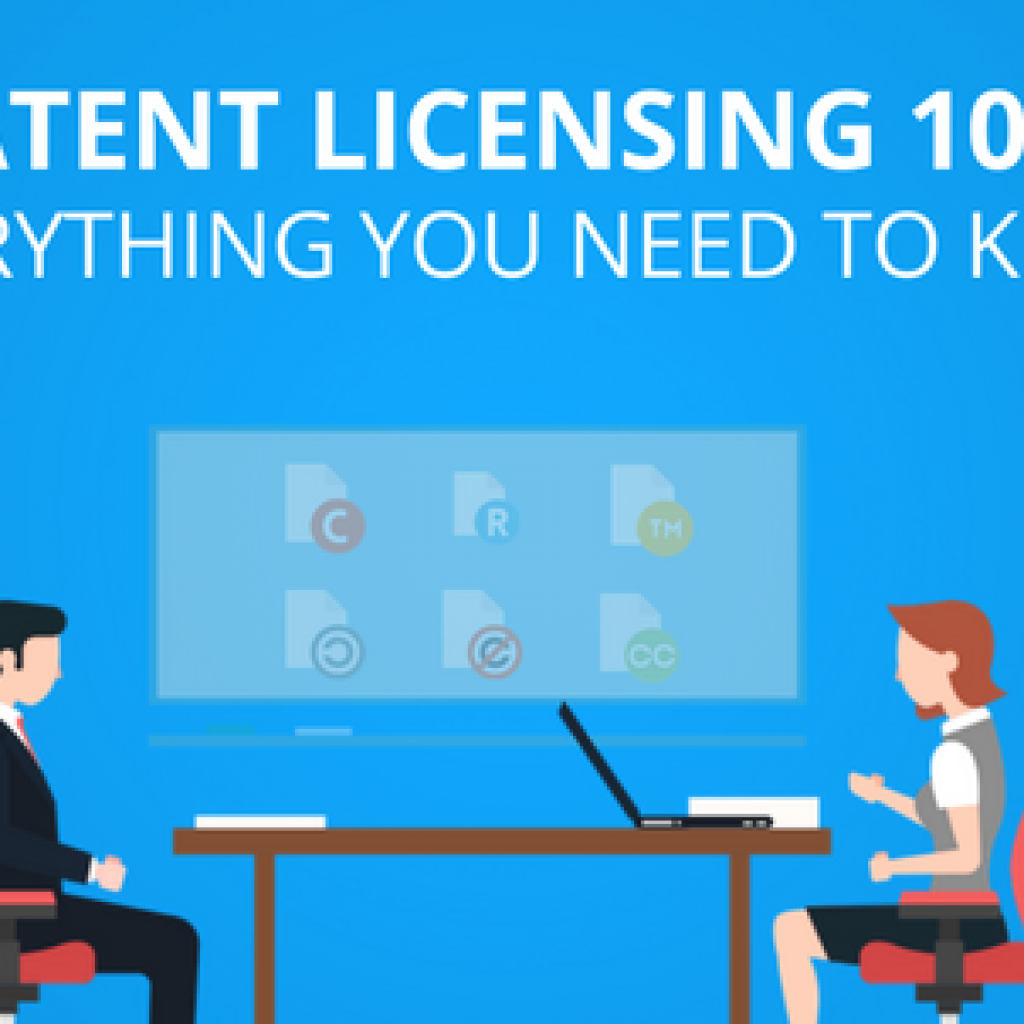Old times were simple. There was a plaintiff, who tried to sue a company, and then the company asked us to find some good prior art. We logged in to simple patent databases, many of which were free, entered few keyword-based search strings and poof! good results. Case settled.
The client was happy, we were happy!
Well, like it or not, the simple times are gone. Patent litigation has become complex. There are demand and desire for higher thresholds on the type of prior art that will help in winning. A lot of focus is being directed to IPR these days, they cost less and if done properly, you win early.
Typically, to challenge the claims of the subject patent, a case is prepared that identifies the ground of un-patentability of the subject patent that can include challenges based on prior art found in patents or publications. At times, it can be a tad complicated. But if you do it right, success is guaranteed.
Over the last few years, we have worked on multiple IPRs, and while most of them were success stories, there are few we were especially proud of being associated with. Allow me to share one such instance with you.
How we helped a Telecom Company kill a Patent during Inter Partes Review?
This was one of our regular clients, a telecom company, who often sought our expertise for their intellectual property research needs. This time, they were facing the challenge of high licensing fees for a single patent, and like any wise company, they felt it would be easier to challenge the validity of the patent and get it killed during IPR at PTAB.
We were authorized to conduct the search.
My team of experts got into the searching mode, the relevant classes were identified, the technology-time graph was plotted, assignee names were collected, top inventors of the field were shortlisted, et cetera. Along with the talent, we started using our tools too, something that we routinely call as T2 approach i.e. Talent & Technology approach to searching.
GreyB Neo and GreyB Matchbox (our favorite internal tools) were used to create a landscape of keywords that should be combined (it is a breakthrough way to find good prior art!), and many abstract and creative variations to words that can describe a technology in patents were loaded in the search strings. An extensive web of citations was created to screen results for prior art.
After a lot of searching and filtering, some relevant results were identified, many of which seemed promising to invalidate the patent. The client call was set up next.
If my memory serves me well, this is how the call transcript looks:
Nikhil (that’s me): Bob we found US XXX893, US XXXXX93 – isn’t both good ones? Can we call them winning prior art?
Bob: No doubt about it. It looks 90% of the work is done. The results describe the technology well and the one scientific publication by the same inventor is also promising. I almost got what I wanted barring a few things here and there. I will ask my associate to collect some more info. that can help me build an airtight case.
Nikhil – Bob, can I ask what is this ‘more info’? Maybe we came across something that can help your associate?
Bob – You know Nikhil, what happens is to present the arguments of the case in an IPR, we not only disclose the relevant prior art that you found, but also provide a storyline to show that the prior art documents relied upon are indeed publicly available prior art, easily accessible at the given time.
Nikhil – interesting Bob. Now that you tell me this, give me 48 hours to go back and find out some of the lead sources because of which we were able to identify this prior art.
We went back to studying the history of the inventors, their past employer associations when they were active on discussion forums, telecom standard development, et cetera. Well, we had already searched all this so there were fewer chances that we are going to get anything new. So we went back to basics. Use something that we have not used before. So we tried to figure out the email address of the inventors. Once we found it, we started searching using their email address.
Guess what, we hit on an email exchange by the inventor of the prior art on the ETSI List Server. Boom. In an instant, we were reading everything that was discussed during that time. It was like we could visualize the inventors of the prior art making arguments back and forth. Within all that huge corpus of data, we also found email messages of the inventor of the subject patent.
This was mind-blowing evidence in our search investigation.
I remember one of my teammates saying: “Stick a fork, in this case, Nikhil, the search is done!”
We shared the email exchange with Bob and established that not only a document that can be considered a prior art exists, but we were also able to clearly articulate and include the evidence showing how the prior art was possibly obvious to the subject patent inventor and may be known too. The hearsay challenge of the patent owner was diffused.
You see, searching is one thing – anybody can do it. Making a client win in a case is altogether a different thing. Just one of the many things that we focus on when working on a project. Want to work with people who give their 100% and act as a search partner instead of a search vendor? Send us a message using the button below:
Authored by: Nikhil Gupta, Manager, Search Team.











